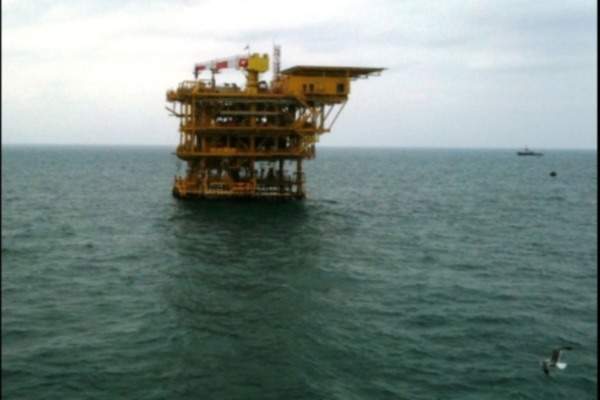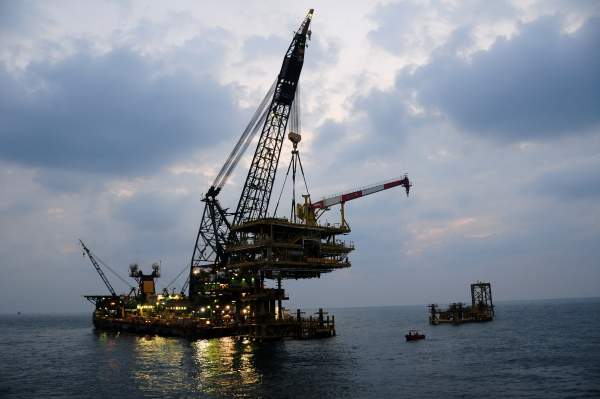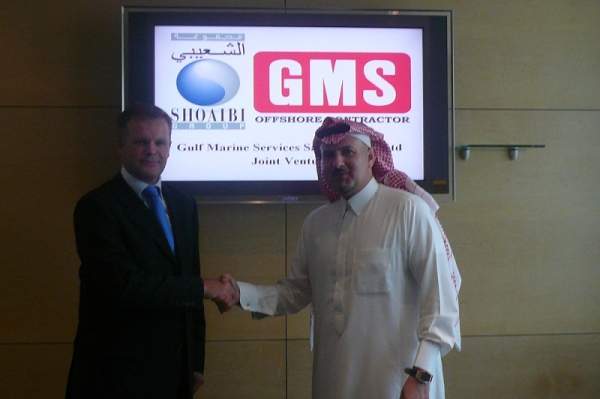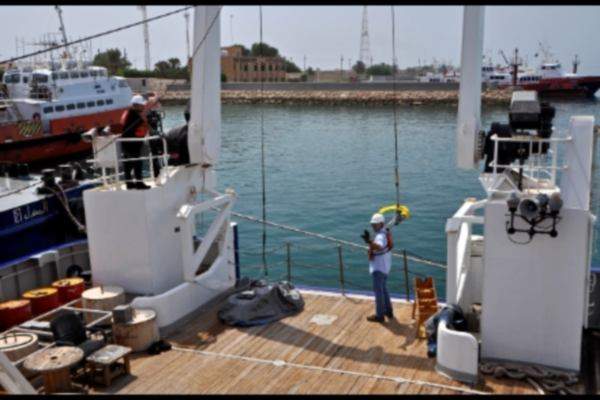The Karan gas field is located offshore of the Arabian Gulf in Saudi Arabian territorial waters, in water depths of 40m (131ft) to 60m (197ft). It is the first non-associated gas field being developed in the Kingdom of Saudi Arabia. The field is owned and operated by Saudi Aramco, a state-owned oil and gas company.
The field was discovered in April 2006 by the well named Karan-6. Production of gas started in July 2011. This marked the completion of the first phase of field development. The field development is estimated to cost $4-5bn.
Location and geology of the Karan field
The field is situated 160km (99.4mi) north of Dhahran, the headquarters of Saudi Aramco. The field reservoirs are located in Khuff formations of the Permian and Triassic ages. The gross thickness of the formations at Karan is up to 1,000ft. The depth of the formation ranges between 10,500ft and 13,700ft.
Production of gas
The design production capacity of Karan is 1.8 billion cubic feet of non-associated gas a day (bcf/d).
Field development phases
The Karan field is being developed in phases with 21 wells and five offshore wellhead platforms. The first phase of production that commenced in July 2011 includes one wellhead platform and five production wells with a capacity of 120 million cubic feet a day of gas (mcf/d) each.
Drilling is being carried out on 14 more wells over three offshore wellhead platforms. These wells are targeted for completion by June 2012 to increase the production capacity to 1.5bcf/d.
The remaining two wells and one platform will be completed by April 2013 to achieve the full production capacity of 1.8bcf/d.
Offshore support vessel Karan 8 was used in the hydrographic survey of the field.
Infrastructure of the Karan gas field programme
The offshore infrastructure at Karan includes five wellhead platform complexes tied in to a main platform. The associated infrastructure includes communication, remote monitoring and control facilities that are required to carry out the operations from onshore. Detailed design work on the offshore facilities began in March 2009.
The onshore infrastructure includes facilities for cogeneration and sulphur recovery, substations and a pipeline for transportation of gas.
Processing systems at the Saudi Arabian field
The gas produced from Karan will be processed at the Khursaniyah processing plant which is located 50km (31mi) northwest of Jubail in Saudi Arabia.
The plant’s existing capacity is not sufficient to process the 1.8bcf/d of sour gas for which Karan is designed. Saudi Aramco is, therefore, expanding the processing capacity of the plant as part of the Karan gas development programme.
Three processing trains, each with a capacity of 600mcf/d of gas, will be used to process the sour gas from Karan.
A 110km (68.3mi) subsea pipeline transports the gas produced at Karan to onshore processing facilities at the Khursaniyah Gas Plant. The 47km (29.2mi) onshore transmission pipeline will transfer the gas for sale to the Kingdom’s Master Gas System (MGS).
Contracts awarded by Saudi Aramco
Saudi Aramco has awarded the Karan onshore development contracts to Petrofac and Hyundai Engineering & Construction (Hyundai). The offshore development contract was awarded to J. Ray McDermott (JRM), a subsidiary of McDermott International.
The contract awarded to Petrofac, in February 2009, includes engineering, procurement and construction (EPC) of the utilities (transmission pipeline) and cogeneration facilities. The scope of the contract includes upgrading the process controls, electrical systems and support facilities at the Khursaniyah processing plant.
Hyundai was awarded a turnkey EPC contract on lump sum basis for the gas processing trains, inlet and utility facilities. The processing trains consist of gas handling, sweetening, acid gas enrichment, dehydration and supplementary propane refrigeration facilities.
Petrofac and Hyundai subcontracted most of the equipment and construction work to local players in the Kingdom. The onshore gas processing facilities were designed by Foster Wheeler under a contract signed in 2007. Foster Wheeler will also provide programme management services for the facilities as part of the contract.
JRM was contracted by Saudi Aramco to develop and construct the offshore platforms and the subsea pipeline on a turnkey basis.
JRM subcontracted Gulf Marine Services Saudi Arabia (GMSSA) in February 2011 to provide offshore accommodation support services for the construction. GMSSA is a joint venture between Shoaibi Group and Gulf Marine Services.
CRTS, a subsidiary of Insituform Technologies, provided robotic coating of internal field joints for the subsea pipelines for a contract value of $12m.












